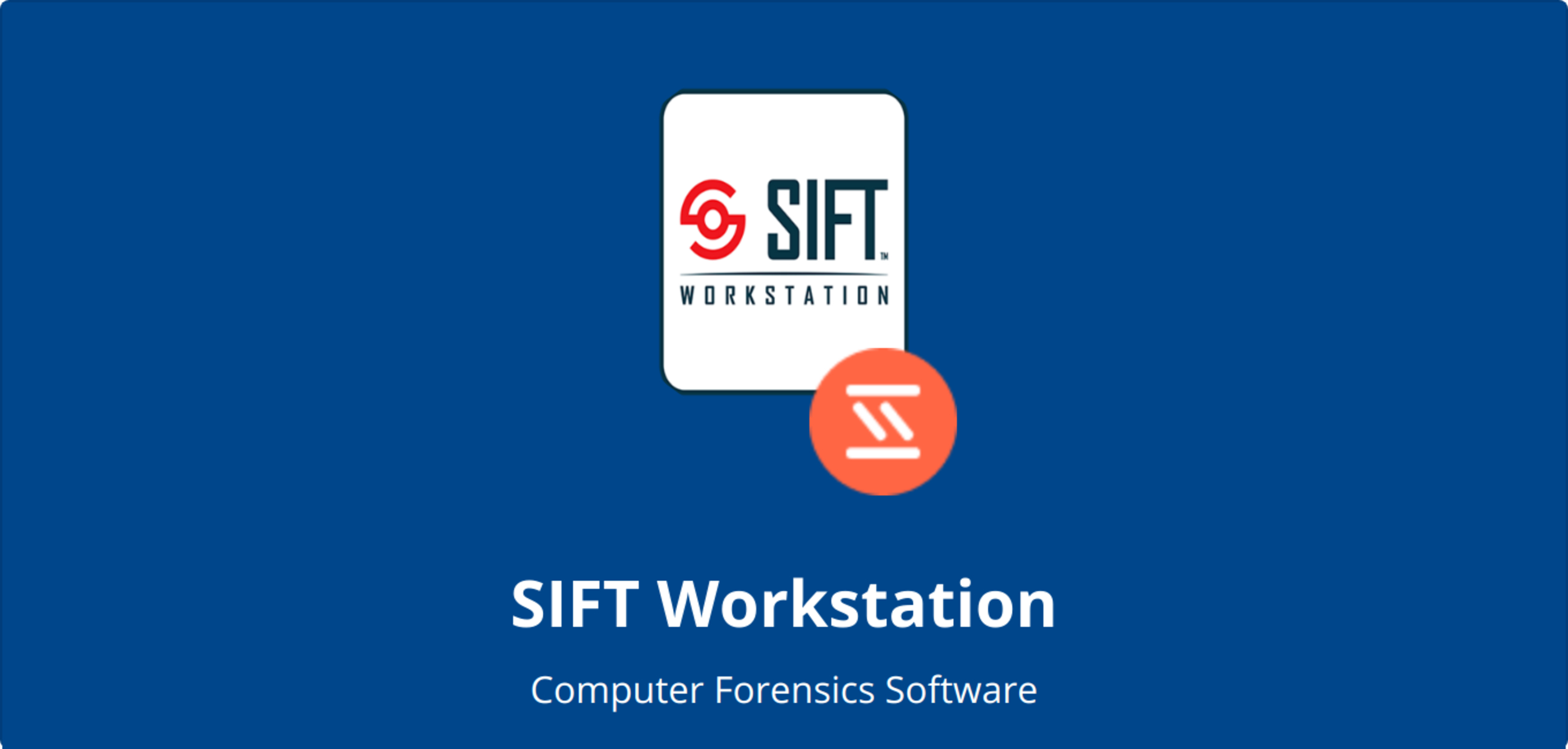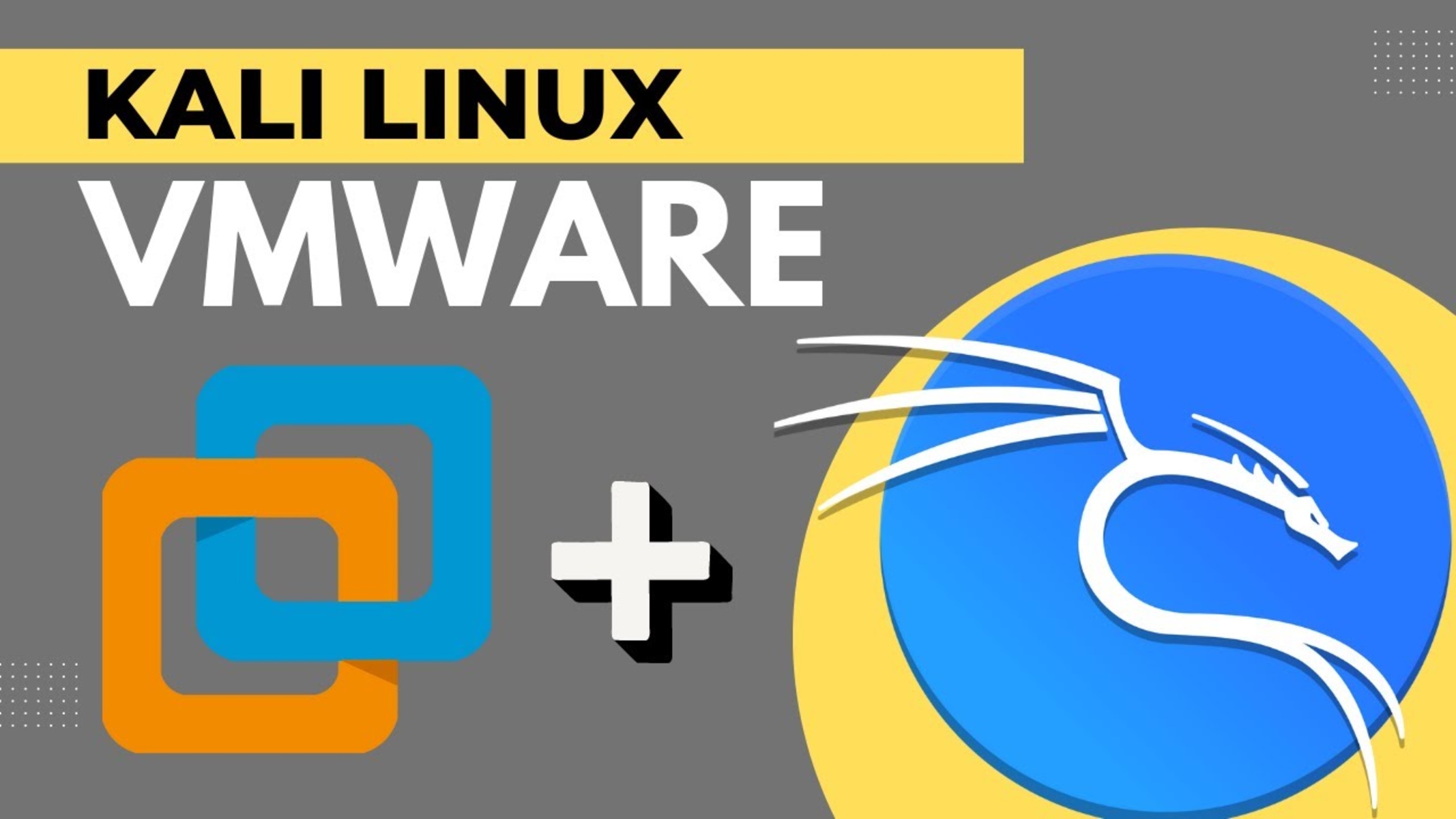Introduction
Forensic workstations play a crucial role in the investigation and analysis of digital evidence. These workstations are equipped with powerful tools and software that aid in the examination of digital artifacts and data recovery. One of the essential components of a forensic workstation is the hash database, which contains a collection of cryptographic checksums or hash values for known files.
A hash database serves as a reference for digital forensic investigators to compare hash values of files found on the suspect’s device against known malicious or illegal files. This helps in identifying potential evidence, verifying file integrity, and speeding up the investigation process.
However, merely having a hash database is not enough. It is crucial to regularly update it to ensure its accuracy and effectiveness. In this article, we will explore the importance of updating the hash database on a forensic workstation, factors to consider when deciding the update frequency, recommended update frequencies for different types of forensic workstations, the benefits of regular updates, risks of infrequent updates, and best practices for staying up-to-date.
By understanding the significance of regularly updating the hash database and implementing best practices, forensic investigators can enhance the efficiency and reliability of their examinations, leading to more successful investigations and accurate findings.
What is a hash database?
A hash database is a centralized repository or collection of cryptographic checksums or hash values for files. Hash values are unique numerical representations generated by applying a specific algorithm (such as MD5, SHA-1, or SHA-256) to a file or data set. These algorithms generate a fixed-length string of characters that act as a digital fingerprint for a given file.
The purpose of a hash database is to facilitate file identification and verification. It stores hash values for known files, including legitimate system files, common software applications, and known malicious or illegal files. The database acts as a reference for digital forensic investigators to compare hash values of files found on a suspect’s device against the entries in the database.
When investigators encounter a file during an examination, they can generate the hash value for that file and compare it against the entries in the hash database. If there is a match, it indicates that the file is known and can be quickly classified as either legitimate or potentially malicious. This process significantly speeds up the analysis and reduces the workload for investigators.
Hash databases are frequently updated to support the ever-evolving digital landscape. As new files are introduced and threats emerge, updates to the database include additional hash values for these newly identified files. This ensures that investigators can accurately identify and categorize files, making their work more efficient and effective.
In addition to storing hash values, hash databases may also contain other relevant metadata for the files, such as the file name, file size, and timestamps. This additional information can assist in further analyzing and cross-referencing the files during forensic examinations.
Overall, a hash database is a vital resource for digital forensic investigators, providing a means to quickly identify known files, flag potential malicious or illegal files, and streamline the investigation process.
Importance of updating the hash database
Regularly updating the hash database on a forensic workstation is of paramount importance for several reasons. Here are some key reasons why updating the hash database is crucial:
- Enhancing accuracy and efficiency: Updating the hash database ensures that it contains the latest hash values for known files. This accuracy enables investigators to quickly identify and categorize files, streamlining the examination process and saving valuable time.
- Keeping pace with evolving threats: The digital landscape is constantly evolving, with new files and threats emerging regularly. By updating the hash database, forensic investigators stay informed about the latest malicious or illegal files, enabling them to accurately identify and flag potential risks.
- Improving investigative outcomes: An up-to-date hash database increases the likelihood of finding relevant evidence by enabling investigators to cross-reference file hash values during forensic examinations. This increases the chances of uncovering connections, identifying digital artifacts, and building a stronger case.
- Providing comprehensive analysis: A regularly updated hash database allows investigators to compare hash values not only against known malicious files but also against legitimate system files and common software applications. This comprehensive analysis ensures that all files are properly classified, preventing false positives during investigations.
- Staying compliant with industry standards: Many forensic organizations and regulatory bodies recommend or require regular updates to the hash database to maintain compliance with industry standards. Adhering to these guidelines ensures that forensic examinations are conducted with the highest level of accuracy and integrity.
By continually updating the hash database, forensic investigators can significantly improve their ability to accurately identify files, detect threats, and uncover crucial evidence. It enables them to stay ahead of evolving digital threats, streamline their investigations, and uphold professional standards throughout the forensic process.
Factors to consider when deciding the update frequency
The frequency at which the hash database should be updated on a forensic workstation depends on various factors. Consider the following factors when determining the appropriate update frequency:
- File volume and variety: The number and diversity of files encountered during forensic investigations can vary greatly. If investigators frequently encounter a large volume of files or deal with specialized cases involving specific file types, more frequent updates may be necessary to ensure comprehensive coverage.
- File source and origin: Consider the sources from which files are obtained. If the majority of files are obtained from highly secure or trusted sources, such as governmental organizations or reputable software vendors, the update frequency may be less frequent compared to files obtained from less secure or unverified sources.
- Relevance to current investigations: Assess the relevance of the hash database to the current investigative focus. If investigators are primarily working on cases involving specific types of crimes or targeted industries, updating the hash database with relevant hash values becomes even more critical to identify specific malicious files associated with those cases.
- Updates from hash database providers: Keep an eye on updates or patches released by hash database providers. They often release updates to address new threats or add hash values for recently discovered files. Keeping pace with these updates ensures that investigators have the latest information and protection against emerging threats.
- Internal review processes: Consider the internal review processes within the forensic organization. Regular review sessions involving the forensic team can help assess the effectiveness of the hash database and identify any gaps or discrepancies that may require immediate updates.
It is essential to strike a balance between the need for regular updates and the practical feasibility of implementing them. Updating the hash database too frequently can be time-consuming and resource-intensive, while infrequent updates may lead to missed opportunities or compromised investigations. A well-defined update frequency that meets the specific needs of the organization and the nature of the investigations is crucial for maintaining a reliable and up-to-date hash database.
Recommended update frequency for different types of forensic workstations
The appropriate update frequency for the hash database on a forensic workstation can vary based on the specific requirements of the organization and the nature of the investigations conducted. While there is no one-size-fits-all answer, here are some recommended update frequencies based on different types of forensic workstations:
- General forensic workstations: For general forensic workstations that handle a wide range of cases and encounter a diverse set of files, it is advisable to update the hash database on a regular basis. A weekly or bi-weekly update frequency is often sufficient to ensure accuracy and stay up-to-date with emerging threats.
- Specialized forensic workstations: Specialized forensic workstations that focus on specific types of investigations, such as child exploitation cases, financial crimes, or cybercrimes, may require more frequent updates. In these cases, a daily or semi-daily update frequency can help identify and categorize files that are most relevant to the specialized focus.
- Mobile forensic workstations: Mobile forensic workstations primarily deal with digital evidence obtained from mobile devices such as smartphones and tablets. Given the rapid evolution of mobile software and threats, it is recommended to update the hash database at least once a week in these instances. This ensures coverage for the latest mobile applications and malware signatures.
- Network forensic workstations: Network forensic workstations focus on analyzing network traffic, log files, and other network-related evidence sources. The frequency of hash database updates for these workstations can vary based on the network environment being analyzed. If the network is dynamic and frequently updated, a daily or semi-daily update frequency is recommended to capture the latest threats and file types.
- Incident response workstations: Incident response workstations are used to investigate and respond to security incidents promptly. Given the urgent nature of these investigations, it is crucial to update the hash database in real-time or near real-time, ensuring that it contains the most recent hash values for commonly encountered threats.
The recommended update frequencies provided above are guidelines, and organizations should tailor them to their specific needs and resources. It is important to consider factors such as the workload, available resources, and the latest industry standards when determining the appropriate update frequency for a forensic workstation’s hash database.
Benefits of regular hash database updates
Regularly updating the hash database on a forensic workstation offers several benefits that enhance the efficiency and effectiveness of digital investigations. Here are some key benefits of regular hash database updates:
- Improved accuracy in file identification: By keeping the hash database up-to-date, investigators can accurately identify and categorize files during forensic examinations. This ensures that legitimate files are not mistaken for potential threats and that potentially malicious files are properly flagged for further investigation.
- Enhanced efficiency in investigations: An updated hash database speeds up the investigation process by providing a means to quickly identify known files. Investigators can focus their efforts on analyzing unfamiliar or suspicious files, saving valuable time and resources.
- Stay ahead of emerging threats: Regularly updating the hash database ensures that investigators are aware of the latest malicious or illegal files. Staying current with emerging threats enables proactive detection and response to new forms of digital attacks, reducing the potential impact on individuals, organizations, or communities.
- Streamlined analysis and evidence gathering: With an up-to-date hash database, investigators can quickly identify files that have already been analyzed and classified. This streamlines the analysis process and allows investigators to concentrate on new or unique files, leading to more comprehensive evidence gathering and a deeper understanding of the case.
- Reduced false positives: Outdated hash databases can lead to false positives during investigations, where legitimate files are mistakenly flagged as potential threats. Regular updates help prevent false positives by keeping the hash database aligned with known legitimate files and reducing the chances of misidentifying innocuous files.
- Maintaining compliance with industry standards: Many regulatory bodies and forensic organizations mandate regular updates to the hash database as part of maintaining compliance with industry standards. By adhering to these standards, forensic investigators can ensure their investigations meet the highest level of accuracy, integrity, and professionalism.
By incorporating regular hash database updates into the forensic workflow, investigators can improve the accuracy, efficiency, and effectiveness of their investigations. These updates enable investigators to stay ahead of evolving threats, streamline their analysis process, and ensure the reliability of their findings.
Risks of not updating the hash database frequently enough
Failing to update the hash database on a forensic workstation frequently enough can pose several risks that may compromise the accuracy and effectiveness of digital investigations. Here are some key risks of not updating the hash database frequently enough:
- Missed identification of malicious files: Outdated hash databases may lack the hash values for newly discovered malicious files. Without regular updates, investigators may fail to identify these files during examinations, resulting in missed opportunities to uncover critical evidence or potential threats.
- Inaccurate classification of files: If the hash database is not updated regularly, investigators risk misclassifying files as either legitimate or potentially malicious. This can lead to incorrect assumptions or the dismissal of files that may require further investigation, possibly hindering the progress of the case.
- Delayed detection of emerging threats: By not updating the hash database frequently enough, investigators may not be aware of the latest types of digital threats. This delay in detection can give the attackers an advantage, allowing them to exploit vulnerabilities or launch new attacks undetected until updated hash values become available.
- Increased false negatives: False negatives occur when potentially malicious files are not flagged due to an outdated hash database. This can lead to missed evidence or the unintentional selection of compromised files that may pose a risk to the investigation or the forensic workstation itself.
- Limited analysis capabilities: Without regular updates, the hash database may lack hash values for newer file formats or versions of software applications. This limitation restricts the investigative capabilities of forensic workstations, impeding the ability to analyze and extract valuable data from files that are not recognized by the outdated hash database.
- Non-compliance with industry standards: Forensic organizations and regulatory bodies often require regular updates to the hash database as part of maintaining compliance with industry standards. Failing to update the hash database frequently enough may result in non-compliance, which can have serious implications for the credibility and integrity of the investigation.
To mitigate these risks, it is essential to prioritize regular updates to the hash database. By doing so, investigators can ensure accurate file identification, detect emerging threats in a timely manner, minimize false negatives, and maintain compliance with industry standards.
Best practices for updating the hash database
Updating the hash database on a forensic workstation requires careful planning and adherence to best practices to ensure its accuracy and effectiveness. Here are some recommended best practices for updating the hash database:
- Establish a regular update schedule: Define a schedule for updating the hash database based on the specific needs of the organization and the type of investigations conducted. This schedule may vary, ranging from weekly to daily updates, depending on the volume and variety of files encountered.
- Utilize reliable and reputable hash database sources: Ensure that the hash database sources used for updates are reliable and reputable. Trustworthy sources include well-established forensic organizations, government agencies, and recognized cybersecurity companies. Verify the authenticity and integrity of the hash values provided by these sources.
- Stay informed about emerging threats: Remain up-to-date with the latest cybersecurity trends and emerging threats. Stay informed by following industry news, participating in professional forums, and engaging with other forensic investigators. This knowledge can help identify new types of malicious files that require immediate inclusion in the hash database.
- Implement automated update mechanisms: Consider leveraging automation tools or scripts to facilitate regular updates to the hash database. Automation can help streamline the update process, reduce the chances of errors, and improve efficiency, allowing investigators to focus on other critical aspects of the forensic workflow.
- Maintain a comprehensive log of updates: Keep a detailed record of all hash database updates, including the date, source of the update, and any relevant notes or comments. This log serves as an audit trail and provides valuable documentation for compliance purposes and internal review processes.
- Review and validate updated hash values: After updating the hash database, review and validate the new hash values against known file samples. This helps ensure the accuracy and authenticity of the hash values and provides an additional layer of assurance before incorporating them into the forensic workflow.
- Regularly review and refine the hash database: Conduct periodic reviews of the hash database to identify any obsolete or redundant entries. Remove hash values that are no longer relevant or have become outdated. This review process helps maintain a lean and efficient hash database, reducing clutter and potential conflicts.
- Collaborate and share updates: Foster collaboration with other forensic investigators and organizations to share updates and best practices for maintaining the hash database. Engaging in forums, attending conferences, or participating in industry working groups can facilitate knowledge exchange and ensure access to the latest updates and insights.
By following these best practices, forensic investigators can ensure that the hash database remains reliable, up-to-date, and effective in supporting digital investigations. Regular updates, combined with careful validation and review processes, contribute to the accuracy and integrity of the hash database, ultimately enhancing the quality of forensic examinations.
Conclusion
The hash database is a critical component of a forensic workstation, providing investigators with the ability to quickly identify files, detect potential threats, and streamline their investigations. Regularly updating the hash database plays a vital role in ensuring its accuracy and effectiveness in the ever-evolving digital landscape.
By considering factors such as file volume, file source, and relevance to current investigations, organizations can determine the appropriate update frequency for their forensic workstations. General best practices, including utilizing reliable hash database sources, staying informed about emerging threats, and implementing automated update mechanisms, help maintain an up-to-date and comprehensive hash database.
The benefits of regular hash database updates are numerous. Improved accuracy in file identification, enhanced efficiency in investigations, timely detection of emerging threats, reduced false positives, and compliance with industry standards are just a few of the advantages gained by keeping the hash database up-to-date. Conversely, failing to update the hash database frequently enough can lead to missed opportunities, compromised analysis, and non-compliance.
To maximize the effectiveness of forensic investigations, it is crucial to implement best practices for updating the hash database. These practices include establishing a regular update schedule, relying on reputable sources, staying informed about emerging threats, utilizing automation, maintaining comprehensive logs, validating updated hash values, regularly reviewing and refining the database, and fostering collaboration within the forensic community.
By prioritizing regular updates, forensic investigators can enhance the accuracy, efficiency, and reliability of their examinations. Staying ahead of emerging threats, accurately identifying files, and minimizing false positives contribute to the successful outcome of investigations and the maintenance of professional standards in the forensic field.

























